What's a halving?
New Bitcoin are issued each time a block is mined. In 2009 the reward was 50 BTC for mining a block. Every 210,000 blocks the reward is halved. It takes about 10 minutes to mine a block so a halving event occurs every 4 years.
The last halving was May 11, 2020 when the issuance dropped from 12.5 BTC per block to 6.25 BTC per block, or 1800 new BTC per day to 900 new BTC per day.
In 2032 there will be 0.78 new BTC per block, just 12.5% as much as today.
Ethereum Triple Halving
The miners producing blocks on Ethereum are receiving approximately 14,000 new ETH per day. The chain's inflation rate is somewhere around 4.5% annually and has no fixed supply unlike Bitcoin.
This year around Q2 the POW chain is being shut off forever and being replaced with a more efficient POS chain. Instead of miners, validators (stakers) will receive ~1,400 new ETH per day. The chain's inflation rate will drop to 0.5% annually, just 10% as much as today!
That's cool, what about gas fees?
Two things.
One is an upgrade from last August, EIP1559. All base fees are burned. Since then about 3% of the annual supply of ETH has been burned. With EIP1559 and the POS merge the total issuance will be around -2.5% per year. Ethereum will become deflationary.
And two... Contrary to popular belief POS will not reduce gas fees. It's only meant to reduce the amount of new ETH being created. Gas fees will likely rise to uncomfortable levels and maintain until sharding potentially ~6 years out.
Welcome to Rollup-Centric Ethereum
Rollups reduce gas fees by 100-1000x essentially by rolling 100-1000 transactions into one single transaction. Some with the ability to use a mix of on and off-chain data computation.
The more congested the network is the cheaper it becomes since there are more people to split the one gas fee with, opposite of what we have today.
It would take a whole seperate post to get into how different rollups function but it's a massive bandwidth upgrade..
The Ethereum ecosystem is likely to be all-in on rollups (plus some plasma and channels) as a scaling strategy for the near and mid-term future.
Currently, users have accounts on L1, ENS names on L1, applications live entirely on L1, etc. All of this is going to have to change. We would need to adapt to a world where users have their primary accounts, balances, assets, etc entirely inside an L2.
... To see why this is the case, consider the following:
Today, Ethereum has ~15 TPS.
If everyone moves to rollups, we will soon have ~3000 TPS.
Once phase 1 comes along and rollups move to eth2 sharded chains for their data storage, we go up to a theoretical max of ~100000 TPS.
Eventually, phase 2 will come along, bringing eth2 sharded chains with native computations, which give us… ~1000-5000 TPS.
It seems very plausible to me that when phase 2 finally comes, essentially no one will care about it. Everyone will have already adapted to a rollup-centric world whether we like it or not, and by that point it will be easier to continue down that path than to try to bring everyone back to the base chain for no clear benefit and a 20-100x reduction in scalability.
This implies a “phase 1.5 and done 352” approach to eth2, where the base layer retrenches and focuses on doing a few things well - namely, consensus and data availability.
Source - Vitalik Buterin
Why?
Ethereum's monetary policy has always been "minimum issuance to secure the network".
POW attacks are ineffective for POS chains.
First you'd have to control 51% of the staked ETH. To do so you'd need to buy ~5-16 million ETH drastically increasing the price. Then you can only spin up so many validators per day. Then you'd probably cause ETH's value to drop from any manipulation. Other validators can vote to have your stake slashed from bad behaviour drastically increasing the financial burden to attempt a second attack.
There's very little incentive to destroy the value of a currency you have a majority stake in. There are stronger incentives to keep the network secure and healthy.
What else should I know?
After the merge staked ETH issuance is locked until another upgrade next year. That means no new ETH will be sold on any market for ~6 months, only ETH that came from POW.
All the numbers I listed for ETH are variable. They depend on how much ETH is staked and how much gas is used. Right now 9M ETH are staked so the POS inflation rate is 1,400 ETH per day, with 20M ETH staked the inflation rate would be 2,000 ETH per day. Since EIP1559 the burn has averaged 3% but only counting today it's 5%. www.Ultrasound.money has a pretty good graph and calculator to simulate the different variables.
Don't feel sitgma moving your assets to L2. It's cheap to bridge from L2 to L2 and in the near future bridges will become integrated into wallets and all exchanges. Layer 2's are able to provide gas-free environments, social recovery wallets (forgot your password?), and allows developers to secure their tokens in novel semi-centralized ways - like ingame economies, everything too data intensive to be run off an L1. www.Layerswap.io Let's you transfer from your centralized exchange account to another CEX account which is typically free to do, and that amount gets deposited into your L2 wallet. You can also buy into L2 directly using debit/credit with services like www.ramp.network which keep increasing support for L2's.
ZkEvm is around the corner and soon L2's will be able to plug into dApps like Uniswap or Aave and Opensea. Currently they're limited to specific use cases.
What after?
The price of Ethereum will likely lose a lot of its volitility and become more stable after three halvings, akin to BTC in 2032.
Things like NFTs won't be "bad for the environment" under POS and there may even be fewer GPU shortages in the future. Things like ERC1155 will make more sense with L2.
The incentives change in POS. With POW you would typically sell your rewards to cover the ever increasing electricity and hardware costs. With POS the incentive is to restake for compounding interest. This means there will be much fewer ETH for sale in the future, in a time when demand (mostly securing apps/rollups) has never been so high.
The tips that go to miners now will go to stakers. Ethereum will offer about 10-20% APR for staking after The Merge.. at a time when banks offer 0.05%. This will decrease as more validators join, or if everyone leaves L1 for L2 and gas usage decreases.
More reading:
[link] [comments]

You can get bonuses upto $100 FREE BONUS when you:
💰 Install these recommended apps:
💲 SocialGood - 100% Crypto Back on Everyday Shopping
💲 xPortal - The DeFi For The Next Billion
💲 CryptoTab Browser - Lightweight, fast, and ready to mine!
💰 Register on these recommended exchanges:
🟡 Binance🟡 Bitfinex🟡 Bitmart🟡 Bittrex🟡 Bitget
🟡 CoinEx🟡 Crypto.com🟡 Gate.io🟡 Huobi🟡 Kucoin.
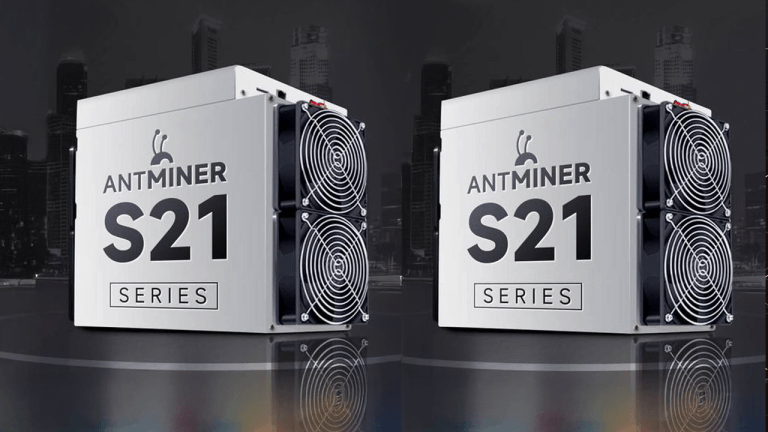
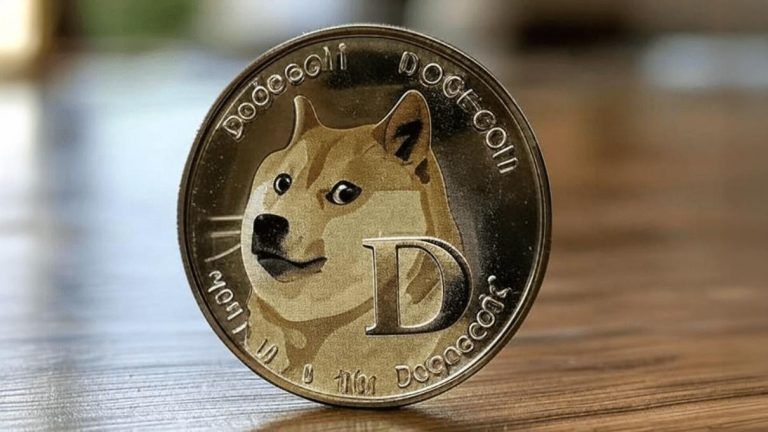
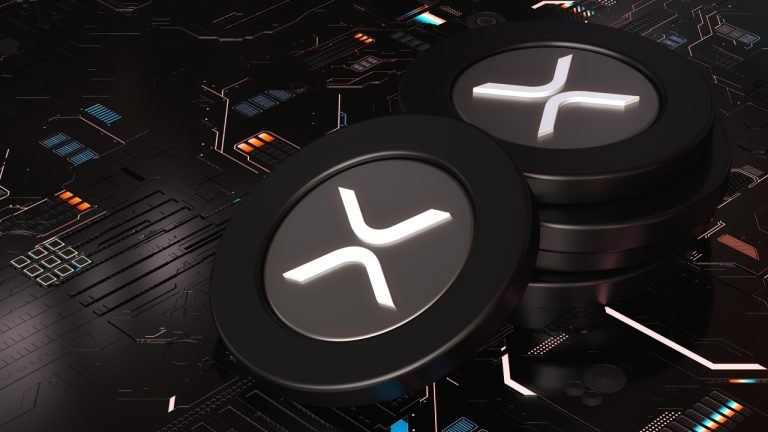
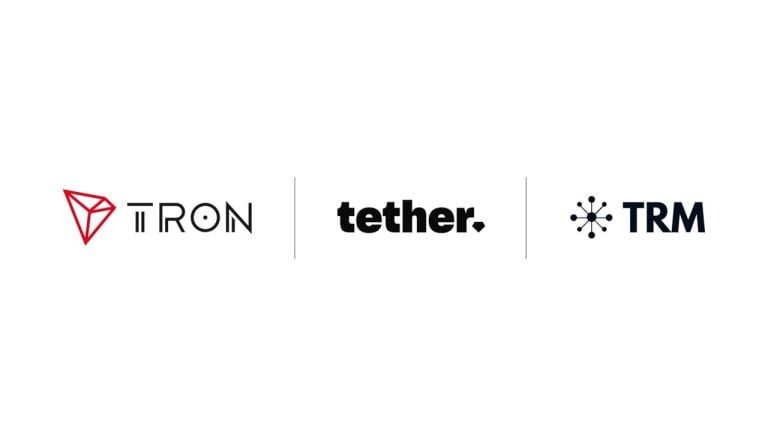
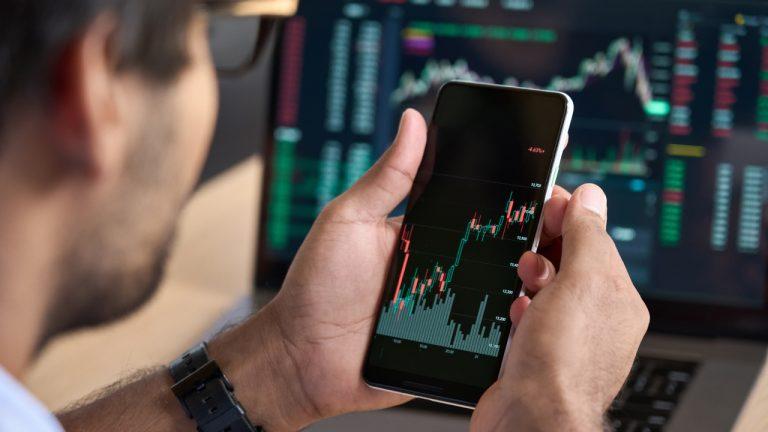
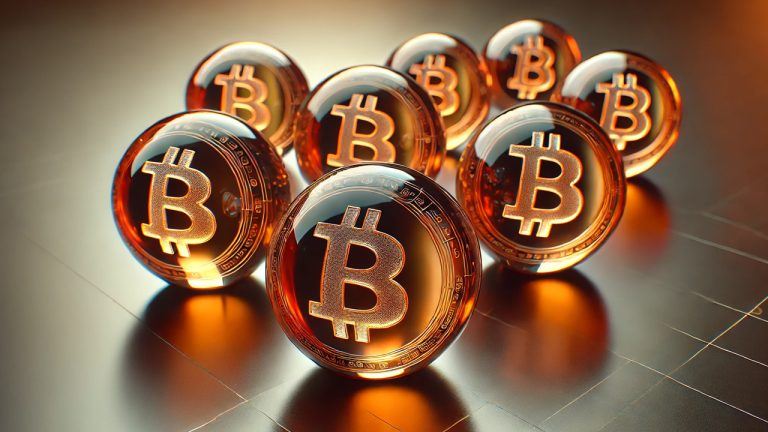

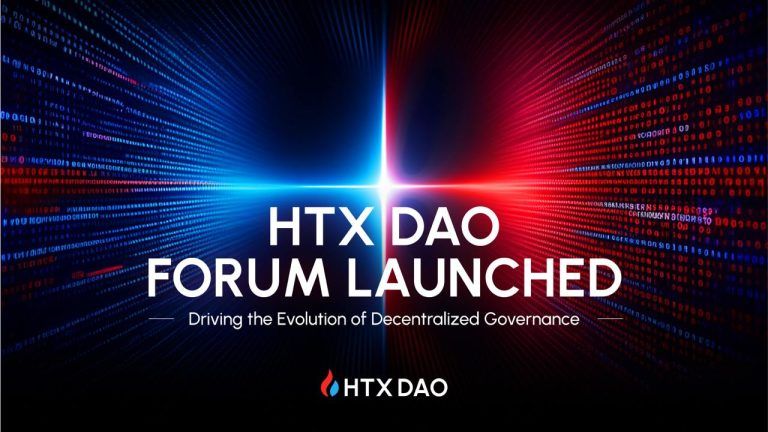




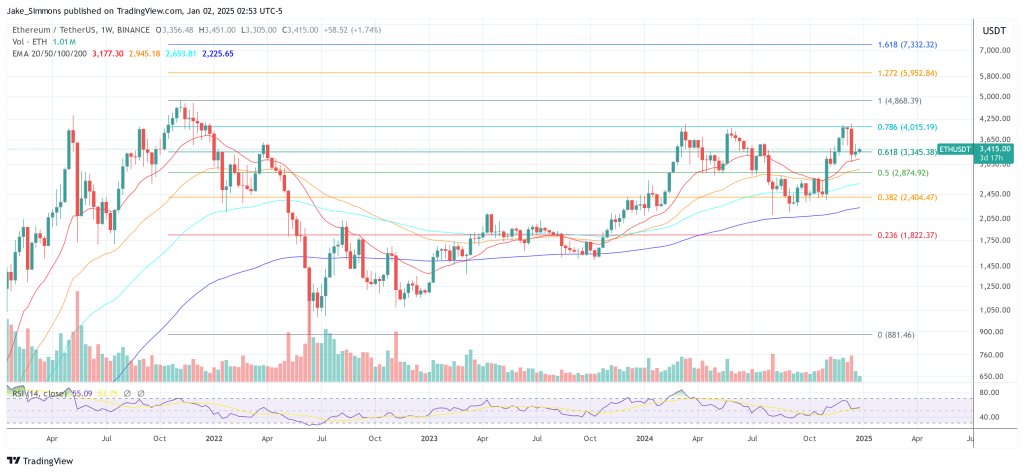







Comments